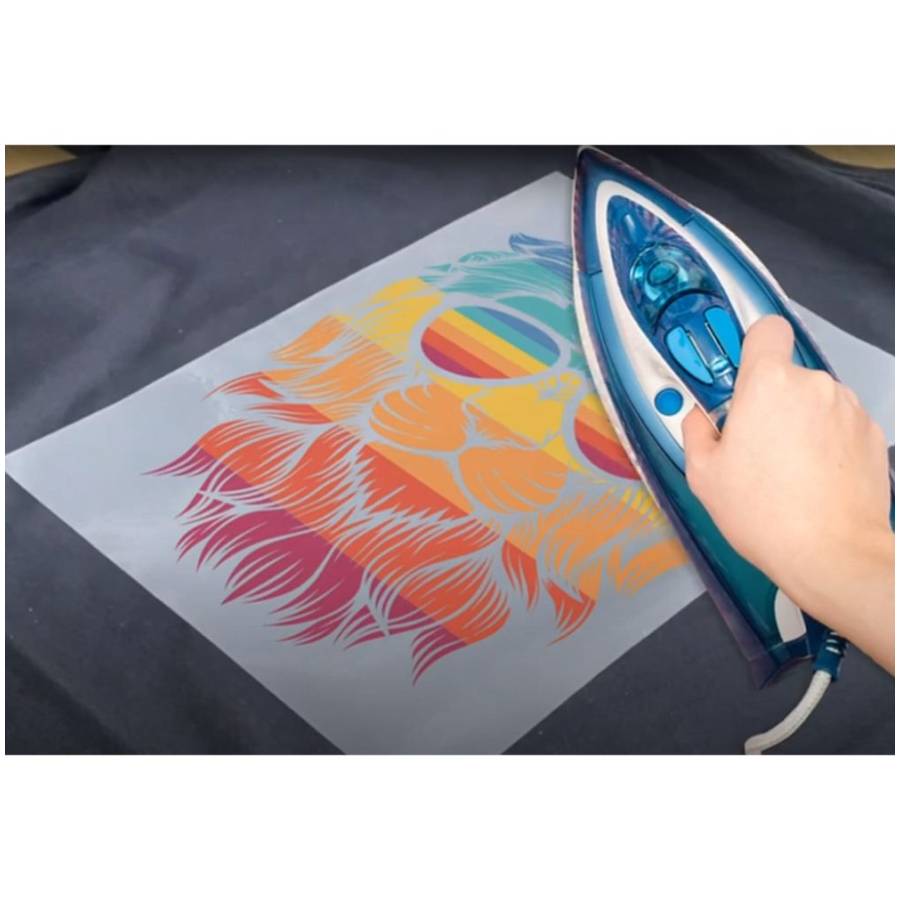
Dtf transfers: The Next Generation of Custom Apparel Printing
Custom apparel generating has changed a lot over time, and also the advancements in technological innovation, we have seen an important transfer in terms of how we printing patterns on clothes. Just about the most revolutionary and exciting innovations in custom apparel printing is Primary to Motion picture (DTF) transfers. Dtf transfers are quickly being popular among laser printers while they give a variety of positive aspects that classic screen printing can’t complement. Within this blog site, we are going to explore the DTF move technique, its rewards, and just how it can be altering the custom apparel printing sector.
1. Precisely what is DTF generating, and just how does it job?
dtf transfers is a technique that requires stamping models directly onto shift video using specialized inkjet laser printers. The design and style will then be transferred to the garment by using a warmth hit machine. The method consists of generating on a release sheet, which is then positioned on top of the motion picture. Following, the printed design is peeled away from the launch sheet and applied to the garment employing a temperature push. DTF stamping relies on a unique type of ink that is compatible with numerous fabrics, including natural cotton, polyester, and mixes.
2. Which are the great things about DTF generating?
DTF generating has several benefits, such as:
• Substantial-quality printing: DTF generating generates substantial-high quality images that are vivid, resilient, and colorfast. The printing are of fine quality in comparison to screen printing.
• Wide color gamut: This generating approach allows for a larger selection of hues, such as neon and metallic.
• Good specifics and solutions: Because the produce is carried out directly on the transfer motion picture, it could accomplish better details and-image resolution designs with minimal ink cartridge blood loss.
• Versatile: DTF stamping is proper for a wide range of textiles, including pure cotton, polyester, nylon, and mixes.
3. How is DTF stamping transforming the custom apparel printing market?
DTF publishing is quickly turning into popular among ink jet printers since it reduces several of the difficulties associated with screen printing. As opposed to screen printing, DTF exchange approach does not need a separate screen for every single shade inside the design and style, making it easy and cost-effective to print several colors. It also eliminates the requirement for the untidy and time-ingesting technique of cleaning up monitors after each print. With DTF generating, the styles are printed directly onto the film, making this process faster, cleaner, and more effective.
4. How to choose a DTF stamping service?
When looking for a DTF shift stamping services, it’s necessary to look at factors such as:
• Top quality: Choose a services that creates high-top quality designs that are long lasting, colorfast, and also of excellent image resolution.
• Adaptability: Find out if the assistance can printing on a wide array of materials and if they can produce in several sizes and colors.
• Turnaround time: Be sure that the support has quick turnaround occasions and will complete tasks promptly.
• Prices: Do a price comparison from distinct services to ensure that you get yourself a honest and acceptable amount.
In a nutshell:
DTF generating is revolutionizing the custom apparel printing industry using its great-good quality, productive, and cost-efficient stamping strategy. The method has several benefits, together with a broad color gamut, good particulars, and resolution, and versatility. When compared with standard screen printing, DTF transfer is quicker, cleaner, plus much more effective. Picking a reputable and knowledgeable DTF shift publishing services are important to ensuring that you will get substantial-top quality prints that satisfy your expectations. With the key benefits of DTF publishing, it’s time and energy to accept this new technology and experience generating for the first time.